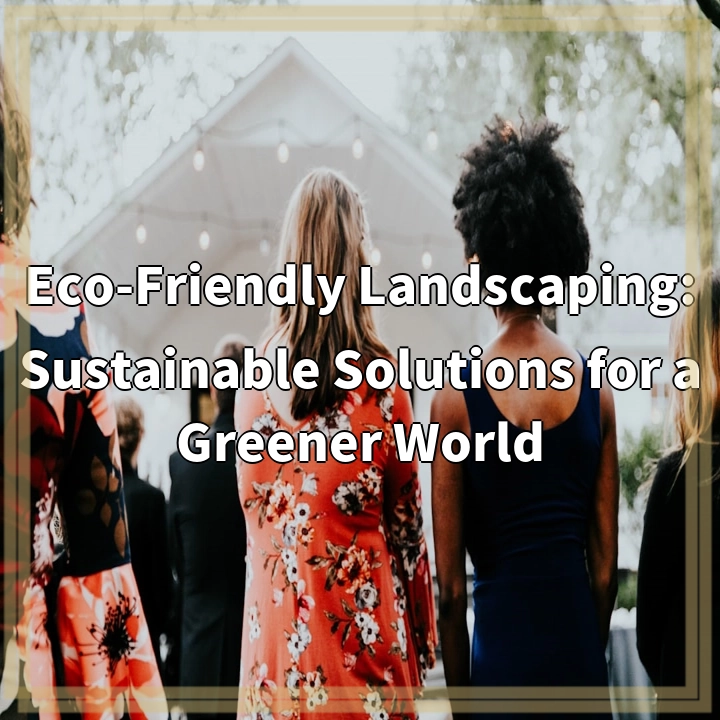
What is Eco-Friendly Landscaping?
Eco-Friendly Landscaping, also known as sustainable or green landscaping, is an approach to designing and maintaining outdoor spaces that minimizes environmental impact while maximizing both aesthetic and functional aspects. It involves using practices and techniques that promote conservation of resources, reduce pollution, and support ecological balance.
Real-World Problems Associated with Eco-Friendly Landscaping
While eco-friendly landscaping offers numerous benefits, there are also several real-world challenges that need to be addressed:
Water Conservation
One of the main concerns in eco-friendly landscaping is the conservation of water resources. In many regions, water scarcity is a pressing issue, and traditional landscaping practices often involve excessive water usage. Implementing efficient irrigation systems, collecting rainwater, and choosing drought-resistant plants can help minimize water waste.
Chemical Pollution
Conventional landscaping often relies heavily on chemical fertilizers, pesticides, and herbicides, which can have harmful effects on the environment and human health. Eco-friendly landscaping strives to minimize or eliminate the use of these chemicals by employing natural alternatives, such as compost, organic fertilizers, and integrated pest management techniques.
Sustainable Materials
Choosing sustainable materials for hardscaping elements, such as decks, patios, and walkways, is another challenge in eco-friendly landscaping. Materials like concrete and asphalt have a significant environmental impact due to their carbon emissions and non-renewable nature. Opting for eco-friendly alternatives like permeable pavers or reclaimed materials can help reduce the environmental footprint.
Habitat Loss
Traditional landscaping practices often prioritize aesthetic appeal over ecological value, resulting in habitat loss for local wildlife. Eco-friendly landscaping seeks to create habitats that support biodiversity by incorporating native plants, providing food and shelter for wildlife, and avoiding the use of invasive species.
Educational Awareness
One of the challenges in implementing eco-friendly landscaping is the lack of awareness and knowledge among homeowners and landscapers. Promoting educational initiatives that highlight the benefits and techniques of sustainable landscaping can help overcome this barrier and encourage wider adoption.

Solutions for Eco-Friendly Landscaping
Addressing the real-world problems associated with eco-friendly landscaping requires implementing practical solutions:
Water Conservation
To conserve water, consider installing efficient irrigation systems that deliver water directly to the plants’ roots, minimizing wastage. Incorporate techniques like drip irrigation or rainwater harvesting to make the most of available water resources. Choose drought-tolerant plants that require less water, and utilize mulch to retain moisture in the soil.
Chemical Pollution
Minimize chemical pollution by opting for organic fertilizers and compost to nourish the soil. Employ integrated pest management techniques that involve natural pest controls like beneficial insects and companion planting. Regular monitoring and early detection of pests can help prevent the need for chemical interventions.
Sustainable Materials
When selecting materials for hardscaping, prioritize sustainability. Choose eco-friendly materials like permeable pavers, reclaimed wood, or natural stones. These options have a lower environmental impact and can provide an aesthetically pleasing outdoor space.
Habitat Creation
Promote ecological biodiversity by incorporating native plants in your landscape design. Native plants provide food and habitat for local wildlife, including birds, butterflies, and beneficial insects. Avoid using invasive species that can disrupt the local ecosystem.
Educational Initiatives
Drive awareness and knowledge about eco-friendly landscaping through educational initiatives. This can include sharing information through blogs, workshops, and community events. Encourage homeowners, landscapers, and local organizations to adopt sustainable landscaping practices through incentives and rewards.















